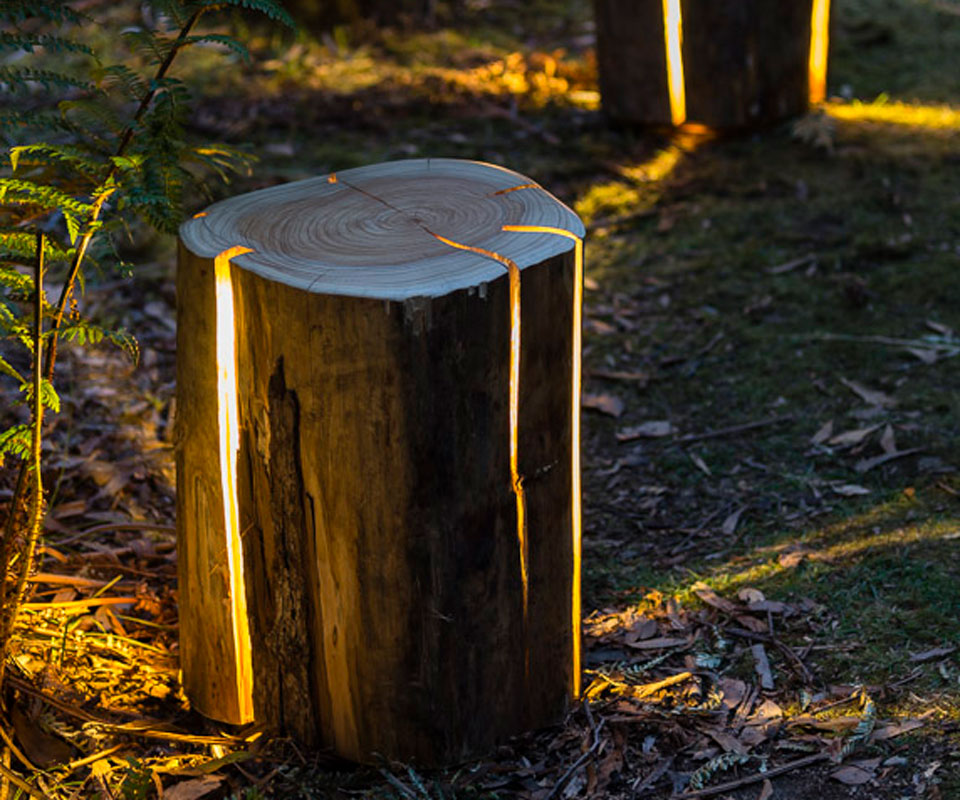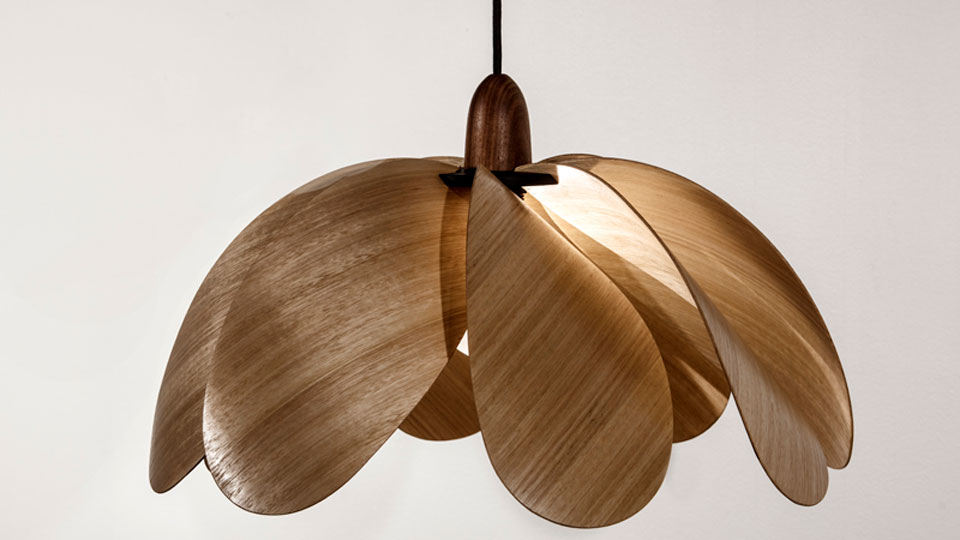- OT
- Life in practice
- Practitioner stories
- Making light work
My vision
Making light work
Australian furniture and lighting designer, Duncan Meerding (pictured), describes how his award-winning creations are informed by the way that he sees


Duncan Meerding
21 August 2019
My vision degenerated over a 12-month period when I was 18 in 2005. I now have around 5% vision left, concentrated in the periphery. If I am walking on the street and I run into someone I will see their shadow, but I won’t necessarily be able to make out who it is. Their face and their body are blocked out as if someone has scratched it up with heaps of sandpaper.
Salvaged materials
I came up with the original cracked log light when I had a reject piece of wood that I couldn’t do much else with. It was a piece of walnut wood that was cut out of someone’s garden and sitting in an arborist’s yard. I wondered what would happen if I enlarged some of the splits that were in it and made what was associated with the darkness – the cracks – into a vessel for the light. I wanted to make a feature of the defect.
The timber does what it wants to in some respects because you are embracing the cracks and accentuating the different light patterns. With some of the furniture I think ‘I don’t want that to go out the door because I like that one myself. I like what the tree has done in the making process.’
In 2018, I had projects in the US and Bahrain. At the beginning of the year I shipped a stump light, two cracked log lamps and a propeller light to Hong Kong. In April, I went to Italy for Salone del Mobile Milano [Milan Design Week]. Hopefully that will lead to distribution in places like the UK and across Europe.

A lot of the lights compare with the dappling effects that are found in a tree canopy. If you are walking through a forest under a tree canopy, people become really relaxed by that. It’s not really something where you can work out a formula, it is an emotive response that we have as human beings.
My surroundings
I am based in Hobart, Tasmania, which is the island to the south of mainland Australia. My house is about five minutes’ walk away from some bush and I am only half an hour walk out of town.
A crash course in safety at Vision Australia gave me some skills around how to approach machines when you have no or limited vision. I tend to use talking computers for a lot of my communication. For making, I use different assistive technologies like a talking tape measure and talking calipers.

My entire career changed following my vision loss and my philosophy around life changed as well. I wanted to become a nurse when I was 18 but it was no longer an option because my vision degenerated. That experience showed me that sometimes things don’t work out and you have to work with what you have. You can be thrown hurdles at any time in your life. You have to enjoy and cherish the things that you have while you have them.
I feel that my vision loss has given me some opportunities that I may not have had as a fully sighted person. For example, my lights reference the way I see. I also do not design around trends, as I have difficulty finding out what they are due to my visual impairment. I hope this means that the designs have true originality and will stand the test of time, both metaphorically and physically.
- As told to Selina Powell.
Image credit: Duncan Meerding

Comments (0)
You must be logged in to join the discussion. Log in